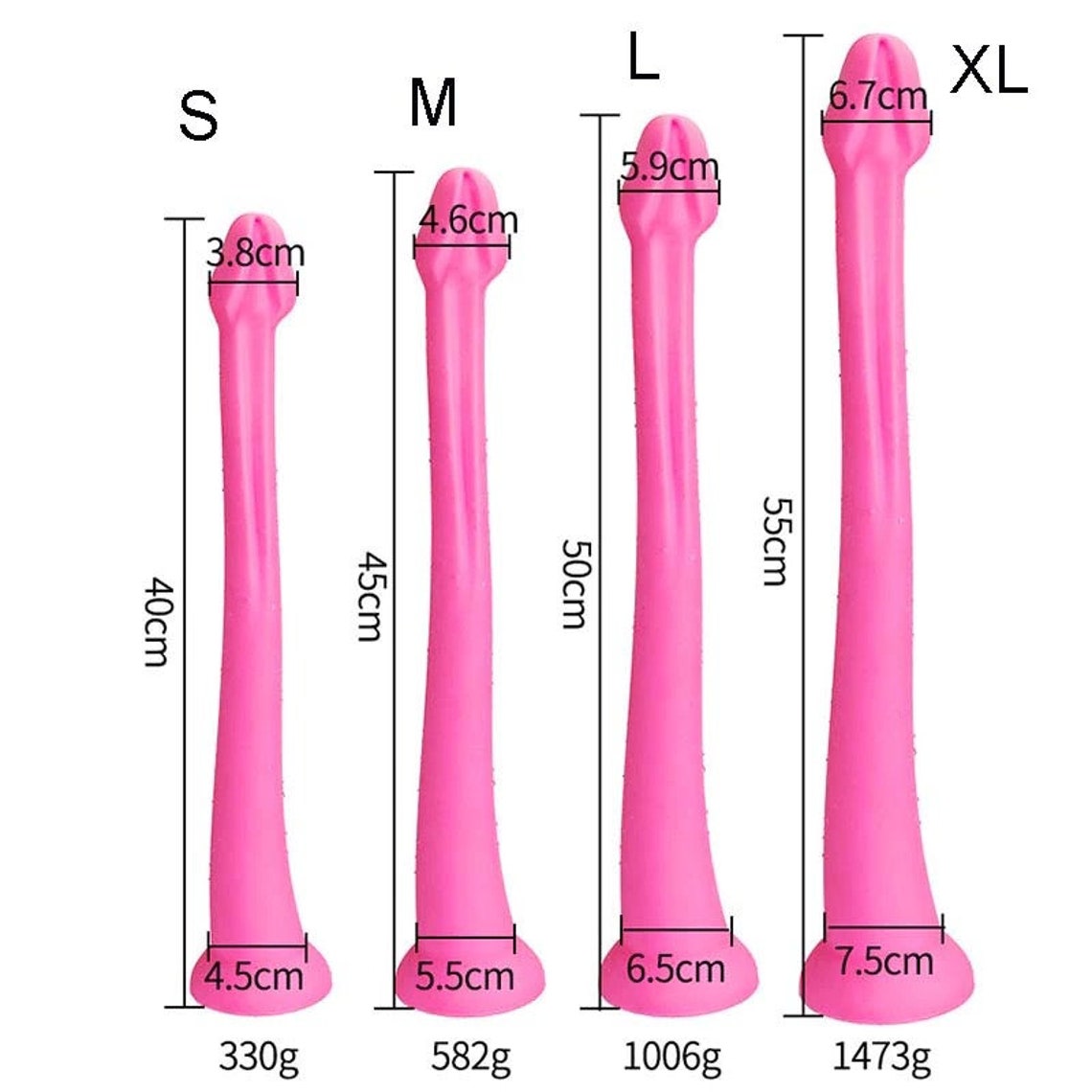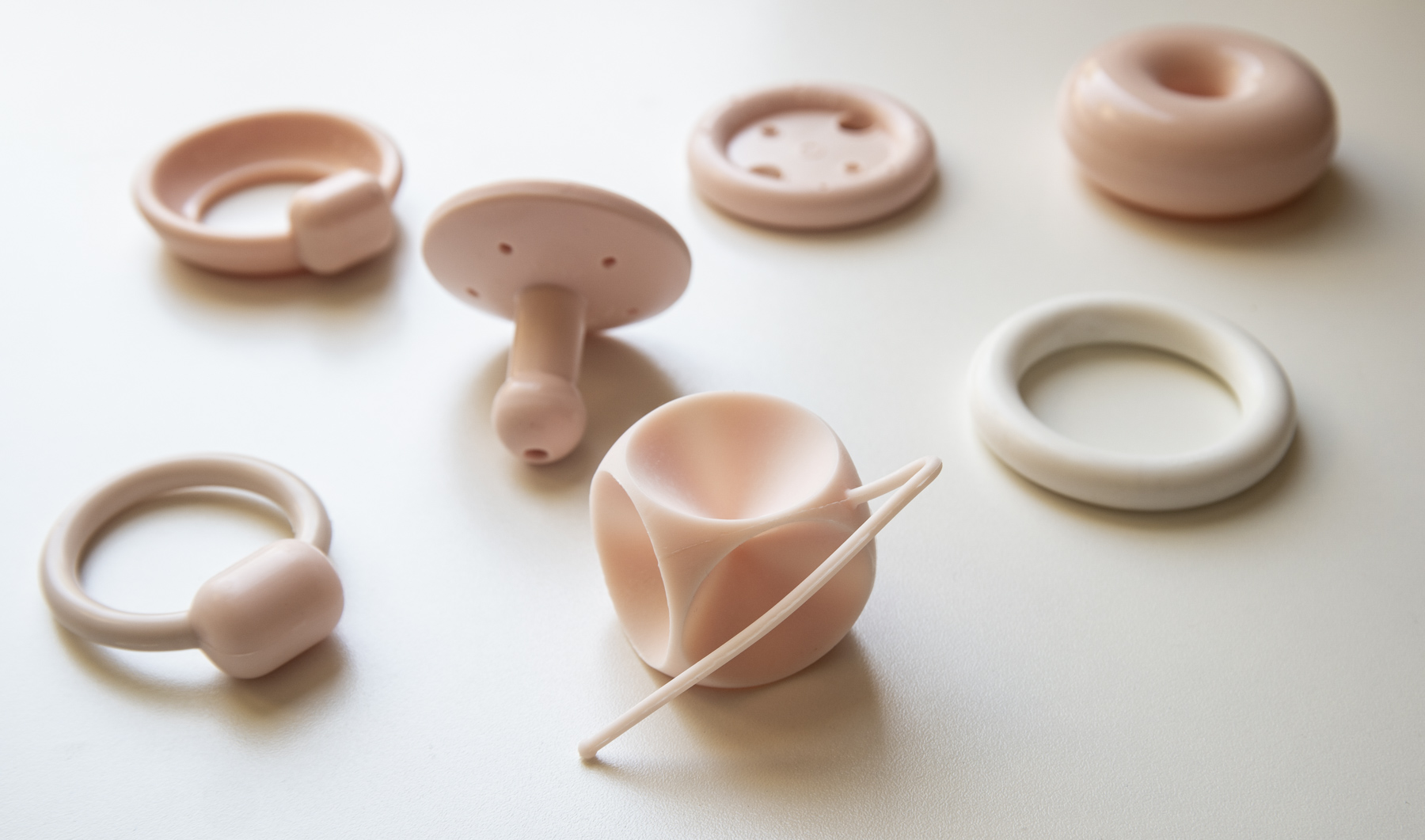

The vagina is the muscular tube that connects the vulva with the cervix (the lower part of the uterus) and is often referred to as the birth canal as this is where a baby travels down before its grand entrance into the world! It’s around 7-12cm in length and is slightly curved, but again each vagina is different. The clitoris has been firmly tied to sex and intimacy and is an extremely sensitive part of the body, containing over 15,000 nerve endings. Now you know what everything is, how about taking a look at your clitoris (as well as the rest of your vulva) with a handheld mirror? Just like the labia, the clitoral hood comes in a variety of sizes, shapes and colours (they’re effectively the female equivalence of a male foreskin) so be aware of this before you start second guessing what yours should look like. Think of it like an iceberg, where the majority of the iceberg sits underneath the surface of the water and only the tip is visible above it.
#Different vagina shapes skin
The tiny pea-sized bud is called the glans clitoris which is protected by a fold of skin known as the clitoral hood.

We then have the body of the clitoris, paired crura (these are like the “legs” of the clitoris) and the vestibular bulbs which live inside the body. The clitoris is made up of five key components: the glans clitoris and clitoral hood, which as previously mentioned are both found outside your body. Read on to learn all about its different parts. In fact, the only visible part of the clitoris is about the size of a pea! Some people may not be aware of this, but there’s certainly a lot more to it than just this tiny bud. Part of the clitoris is located at the very front of the vulva, however most of it can’t be seen from the outside, with the majority of it being inside your body. Your vulva is also an extremely sensitive area and therefore it’s important to have a V-Care routine in place – just remember that everyone’s routine is different so do what works best for you and your vulva! Some are hairy and some are groomed, but one thing they have in common is that all are good enough and beautiful! Labia specifically can vary massively in shape, size and colour, so whatever yours looks like – it’s normal. It’s important to understand that every vulva is completely unique and each one comes in a different shape and size. The vagina is actually found inside the body (we’ll talk more about this a bit later on). While people often refer to this entire region as the vagina, that’s not quite accurate.

Nearby, you’ll also find the mons pubis (that’s the front bit where your pubic bone is) and the anus (where poop comes out). The vulva refers to the external parts of the female genitalia, in other words, all the bits you can see from the outside! This includes part of the clitoris known as the glans clitoris (we’ll explain more later), labia minora and majora (outer and inner lips), urethral opening (where pee comes out) and the vaginal opening (the entrance to inside your body). Let’s talk through everything you need to know about the different areas of your V-Zone, with some handy diagrams to help you understand what’s really going on.
#Different vagina shapes how to
What’s most important though, is getting to know your V-Zone, and understanding how to take care of it and keep it healthy.ĭiscovering more about the different parts and how they work can help you learn to love yourself. This part of your body is pretty complex and it can be quite overwhelming trying to understand all the mind-boggling details. It’s an area of your body where there’s a lot going on – pain, pleasure, periods and everything in between.Įveryone has a different relationship with their V-Zone, and how you feel can even change day to day. The V-Zone is a term that describes everything to do with your vagina, vulva and the V-shaped front of your body that you can see if you look in the mirror. You might have noticed that we talk a lot about the V-Zone – but what do we really mean when we say this term? Where is your V-Zone and what can you do to get to know it better?


 0 kommentar(er)
0 kommentar(er)
